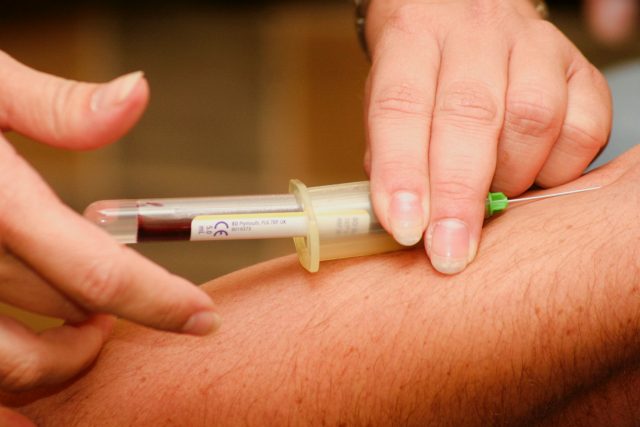
InterVenn BioSciences’ V.O.C.A.L. trial and GRAIL’s Galleri trial are underway, to see how well their respective blood tests can detect various types of cancer prior to the appearance of symptoms. Earlier diagnosis leads to a higher survival rate.
The blood tests have fundamental differences, but neither is superior to the other. The approaches are complementary, said Aldo Carrascoso, the Filipino co-founder of InterVenn BioSciences, adding that tackling cancer is a “very hard” field that should have more attention than it is getting now.
“The more weapons we have in the fight [against cancer], the more chances we have of winning it,” Mr. Carrascoso told BusinessWorld in a Zoom call.
There is an attendant responsibility for companies developing screening tests, he added.
Screening tests need to have a 99% specificity, or the ability to definitively state that an individual is not sick, to be acceptable in clinical literature.
Tests that are less than 99% sensitive will end up overtreating patients who — “freaked out” by their results — will push for unnecessary diagnostic tests such as MRIs (magnetic resonance imaging). This overtreatment will overwhelm healthcare systems in the process.
“There are implications to everything,” said Mr. Carrascoso. “Early detection is only as good as you can [rely on it].”
The InterVenn founder compared GRAIL’s Galleri test with “looking for a needle in the haystack.”
The Galleri test detects pieces of an individual’s DNA in the bloodstream that have been released from cancer cells.
(Galleri’s genomic approach is similar to that of Guardant360 and Signatera, two cancer-detecting blood tests that received, respectively, approval and “Breakthrough Device” designation from the US Food and Drug Administration.)
“One-tenth of 1% of cells shed tumor DNA,” said Mr. Carrascoso, said of the genomic approach.
In contrast, InterVenn employs glycobiology (the study of glycans or carbohydrates) combined with deep machine learning and instrumentation.
“Eighty percent of you is glycosylate [or proteins combined with sugar] surrounded by these sugar structures,” Mr. Carrascoso said. “When you measure them, you can see a very stark contrast between yung dami ng [the amount of] glycosylation and the progression of the disease.”
In the V.O.C.A.L. trial, the more glycans a woman has, the higher the probability she has ovarian cancer. The higher the probability too that the further along she is in the disease.
InterVenn BioSciences says it can now detect more than 50 cancers through its artificial intelligence-supported work with glycoproteins.
This includes nasopharyngeal cancer, which it predicted with 100% accuracy in a 2020 study in Malaysia.
The company’s technology, according to Mr. Carrascoso, shows the entire movie of a disease as compared to only a snapshot of it. It can also detect COVID-19, and can predict serious cases versus cases that can be allowed home care.
“The [coronavirus’] spike protein is a glycoprotein, and we were able to see glycosylation patterns together with our multiple collaborators,” he said. More information about this development will be released in a paper with Standford University at a yet unannounced date.
An upcoming and expanded InterVenn trial for cancer will also be announced at the American Society of Clinical Oncology conference in January 2022.
“It’s like the Galleri test but more specific,” Mr. Carrascoso said. “We’re developing very specific signatures for very specific cases.” — Patricia B. Mirasol
Cancer-detecting blood tests have same goal, different approaches
Source: Bantay Radio
0 Comments